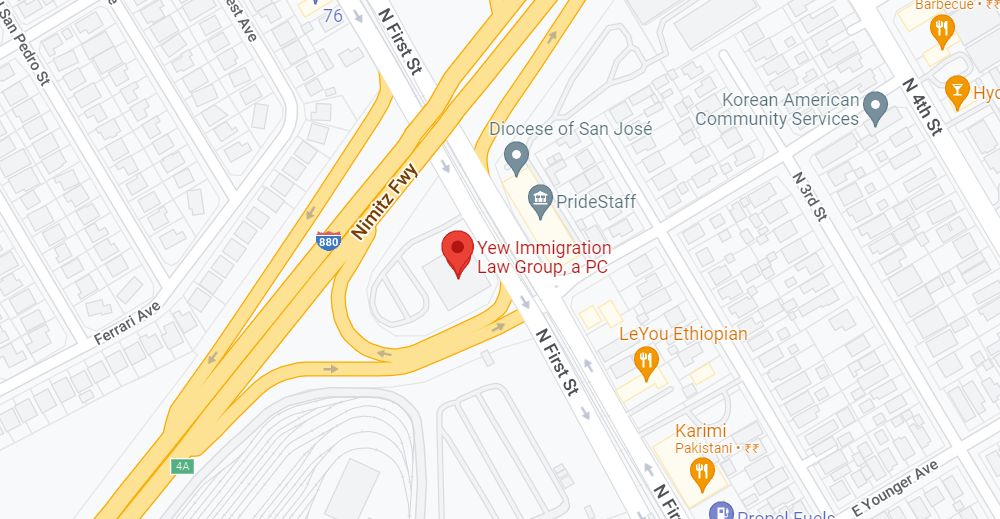Afghan nationals who were in the United States as of March 15 may now qualify for Temporary Protected Status (TPS), which will allow them to stay and work in the U.S. for up to 18 months without fear of deportation. According to the Associated Press, over 76,000 Afghans have been admitted to the U.S. since the U.S. withdrew troops from Afghanistan in August 2021. Thousands more were already in the U.S. for other reasons.
Many of those Afghans are in the U.S. on temporary humanitarian parole, which can last for up to two years. However, humanitarian parole does not come with a work authorization or offer an opportunity for permanent residency in the United States. While TPS does not offer permanent residency, it does allow immigrants to obtain work authorizations. Moreover, TPS has routinely been extended for citizens of other covered countries.
According to the Department of Homeland Security, about 40% of the Afghans who arrived after the U.S. troop withdrawal will ultimately be granted a special immigrant visa. Those are available, for example, to Afghans who assisted the U.S. during the war effort as interpreters or fixers. Those who qualify for a special immigrant visa can work and become lawful permanent residents, or ultimately U.S. citizens. However, applications for special immigrant visas are currently backlogged.
How to apply for TPS
If you are an Afghan national and want to seek TPS, you need to have been in the U.S. by March 15, 2022, to apply. You must meet all the eligibility requirements and the Department of Homeland Security will perform security and background checks.
To apply, you will need to file Form I-821, Application for Temporary Protected Status. If you want to work, you will also need to file Form I-765, Request for Employment Authorization. Along with these forms, you will need to submit evidence of your qualifications, specifically:
- Evidence of your identity and nationality, such as a passport or birth certificate
- Evidence of your entry date into the U.S., such as an I-94 Arrival/Departure record
- Evidence that you have lived continuously in the U.S. since you arrived, such as rent receipts, employment records, or school records
Any evidence that is not in English will need to be translated.
In addition to the above, you will need to submit biometrics. These are things like a photo, your fingerprints, and your signature.
If you have reason to believe you might be inadmissible to the U.S., you may be able to obtain a waiver. If you need a waiver of inadmissibility, talk to your immigration lawyer.
To get started, contact Yew Immigration Law Group. We have years of experience helping people come live and work in the United States.









